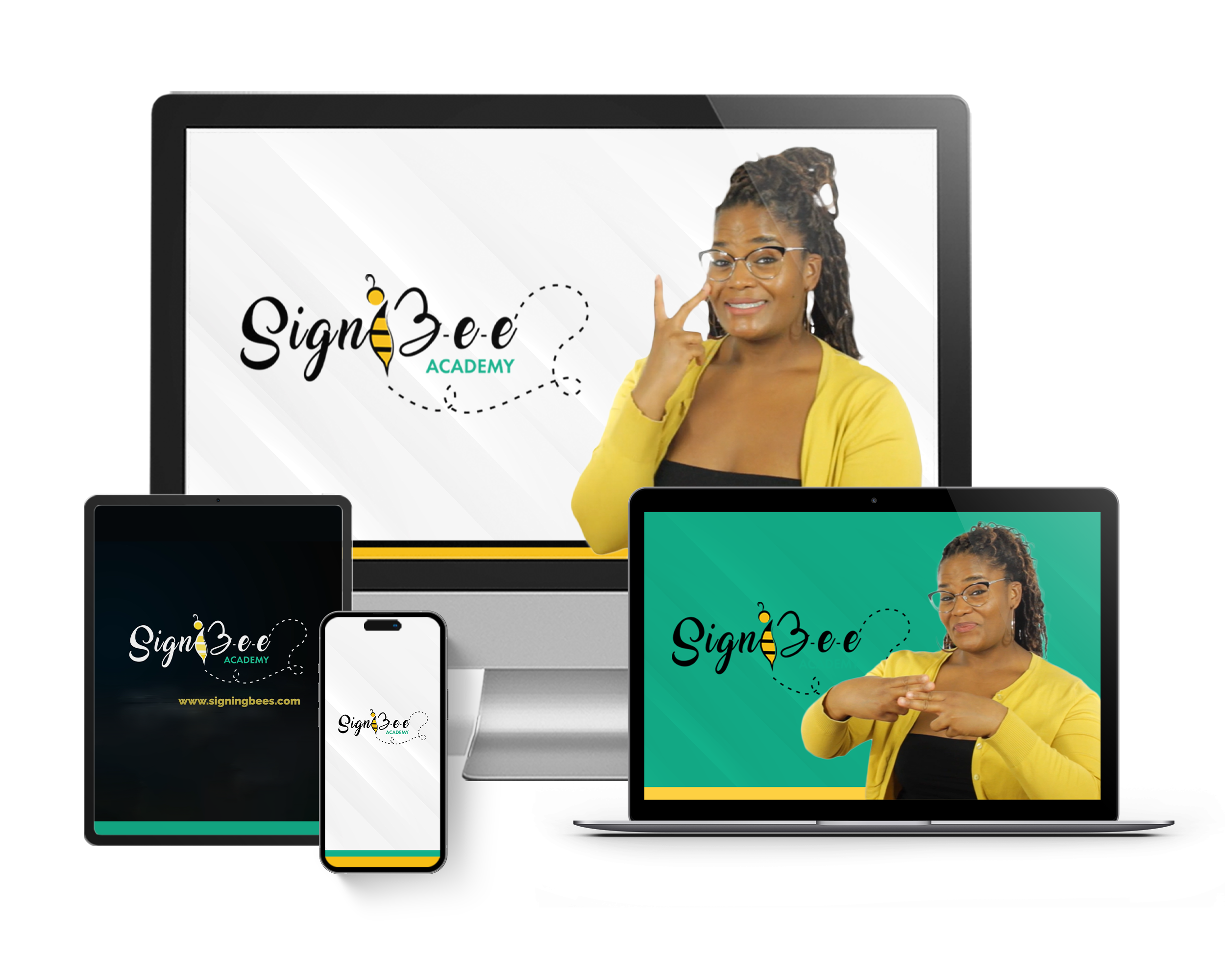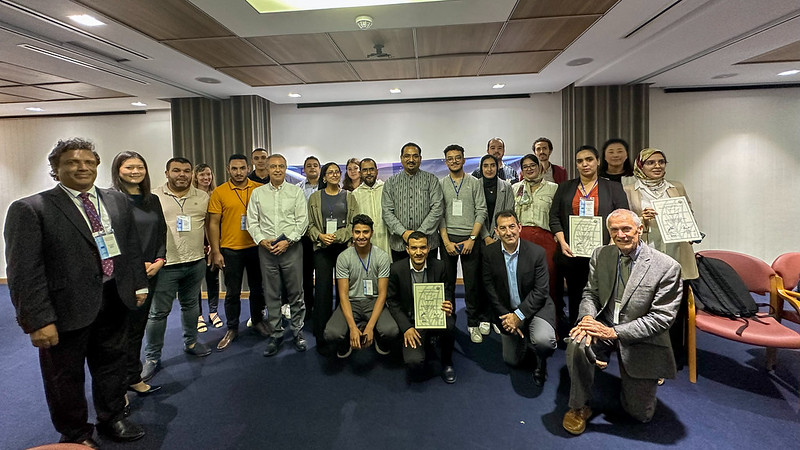The question of who should learn American Sign Language (ASL) has a simple answer. The answer is EVERYONE because ASL helps individuals to communicate and connect with a wide range of people. It is a useful tool that promotes inclusivity and it is not subject to only one profession. This article gives a simple ASL guide for organizations that are serious about promoting inclusivity and diversity. It also details reasons why ASL should be embraced by certain professionals which applies to all.
ASL Guide for Different Professions
Image by Amtrak Professionalism on Openverse
Before we take a look at what some professionals will do with their basic knowledge of ASL, let’s see what a simple ASL guide (suitable for any kind of organization) looks like. Whether as an ASL manual posted at different locations in an organization’s building or drafted as a portable/pocket-size handbook (for workers), an ASL guide may contain the following:
- A brief introduction to ASL (including the meaning of various terminologies associated with hearing loss, deaf culture, and deaf communities)
- Basic ASL Phrases (This can also include the most commonly used words and phrases peculiar to the type of organization). Some of these basic ASL phrases include:
- Hello, How do you do? How can I help you? Yes, No, Thank you, Goodbye, etc.
- Tips on how to properly communicate with either deaf or hard-of-hearing individuals. Some of these tips are:
- Don’t hesitate to maintain eye contact with them and make use of facial expressions too.
- Don’t shout
- Be quick to find out what form of communication they are comfortable with
- Be patient and friendly
- Lastly, an organization incorporating ASL into its workspace should create and continuously foster an ASL-friendly environment.
What Different Professions Can Achieve With ASL
Working Professionals Who Respond to Emergencies
When emergency responders can interact with deaf and hard-of-hearing individuals, they can avoid delays that result from communication barriers, because of the swift information exchange, there’s improved safety during emergencies, and deaf or hard-of-hearing individuals become less frightened or lonely during crises.
Experts in the Corporate and Business Sector
When ASL is incorporated into the corporate world, it increases the customer base. Professionals who are therefore conversant with ASL have the opportunity to offer better customer services to deaf and hard of hearing individuals.
Also, the presence of an ASL-learning culture speaks volumes about a company that will most likely employ deaf or hard-of-hearing workers. No better way to declare a company’s inclusive and diverse culture than an actual demonstration of it with its workforce.
Professionals in the Tourism and Hospitality Industry
Organizations in this industry need to leave a lasting impression on their clients. Staff with basic ASL knowledge and those proficient in ASL build a positive reputation. They are also able to offer personalized services that create memorable experiences for the deaf and hard of hearing.
Two Major Factors Considered by Organizations Incorporating ASL
Need(s) Arising Based on Daily Interaction
Before an organization heavily invests in training its employees to learn ASL, sometimes they ask the question; how often do we interact with deaf or hard-of-hearing individuals who communicate with ASL?
Some organizations might not see any reason to incorporate ASL until they find themselves unable to interact with potential stakeholders who might be customers, employees, in extreme cases, a director(s) of complementary organizations. These scenarios might be rare occurrences but for these rare occasions that might be golden opportunities, businesses have to be prepared in advance.
Amount and Extent of Resource Investment
Should organizations only give preliminary introductions to ASL? The answer depends on how far the organization is willing to go in terms of ASL materials (online-visual, audio, and text), incentives, and motivation strategies to encourage members to embrace the use of ASL.
Also, in terms of implementation and feedback, organizations have to check for suitable (tailor-made) implementation mechanisms to monitor the incorporation of ASL as well as find suitable processes to make necessary adjustments.
For example, the short ASL guide given above shows a company that wants to make deaf or hard-of-hearing individuals feel very welcome, if they should stop there though, it shows that might be all they want to accomplish.
To have deeper and richer interactions with deaf or hard-of-hearing individuals, a proper learning process needs to be implemented (including using detailed ASL learning curriculums).
Organizations can make use of off-hours learning sessions or break period lessons to accomplish this and more.
Problems Associated With Professionals/Organisations Learning/ Incorporating ASL
It’s one thing to agree that all professions need to learn and incorporate ASL in their work environment. It’s another thing to actually implement and see it through. Let’s see what hindrances occur with professionals imbibing an ASL learning culture alongside hindrances for organizations being ASL inclusive. These problems are:
Some Professionals Prefer/Rely on Interpreters
They do not see any need to learn ASL when they can readily use sign language interpreters. The question for these professionals is this; Do the interpreters live with you all the time? If the answer is no, what do you do when you need to offer your services outside your workspace, without these interpreters?
There is General Resistance to Change
As good as incorporating ASL is, it poses a problem for people/professionals who do not see the need to change the status quo. This stems from their reluctance to embrace inclusivity and diversity.
Personal/Company Lack of Commitment
Except there are extreme yet simple feedback and ASL-learning monitoring measures taken, it’s easy to abandon the concept of learning ASL in an organization. To avoid this, group learning alongside constant use of the language (with or without the presence of deaf or hard-of-hearing individuals) will help.
Conclusion
Are you a professional who has been stuck with a deaf or hard of hearing individual and you did not know what to do? Whether you are getting encouragement from other professionals or not, SignBee Academy has learning resources that can take you one step higher than other people’s wishful thinking.
Be a unique professional with a proficiency in ASL that shows with your actions that you are embracing inclusion and diversity in your mind as well as in your career.
Thumbnail Photo Credit to Image by OPCW on Openverse





